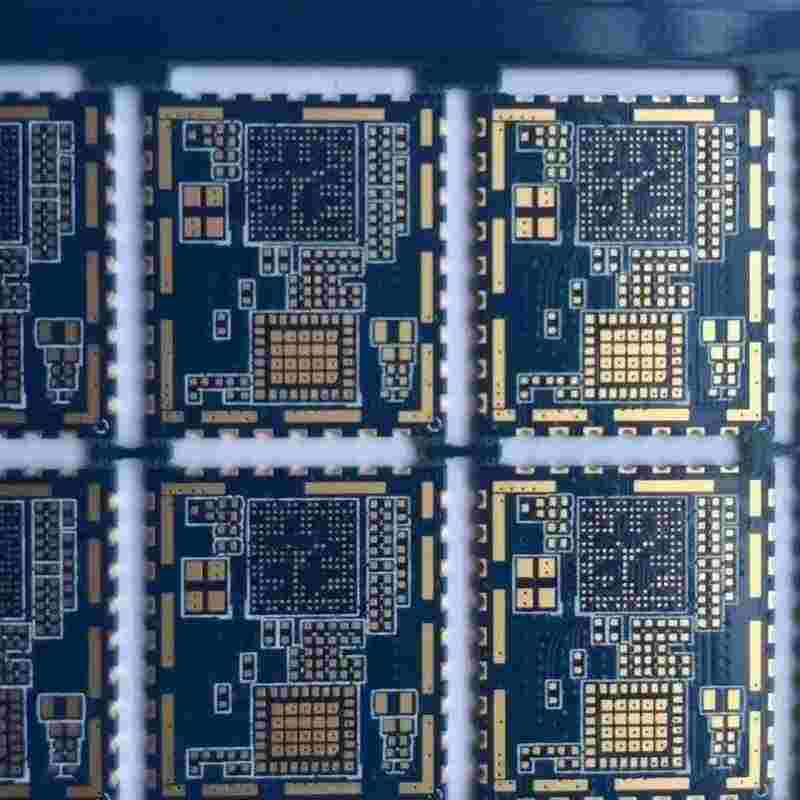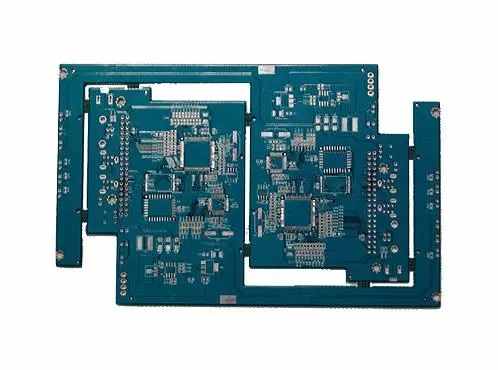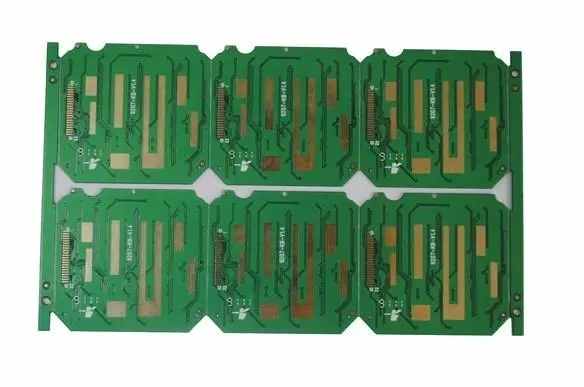
How to become a PCB designer? What do PCB designers do?
PCB design has been a great career path. With the increasing complexity of PCB technology, we think it will become better. When it comes to the creation and internal operation of products, the work of PCB designers is very important. Of course, it is not easy to enter this profession, because you need to know all the different elements involved in PCB design and more. In order to get you started and help you start your career as a PCB designer, we have organized some skills.
What do PCB designers do?
PCB designers are responsible for making 2D schematics and creating 3D CAD files for PCB manufacturing. The first step is to create a component coverage area to display the size, shape and direction of each component. Second, PCB designers use the size and shape of the board and any reserved areas to create a board profile. Then, lock components with key location requirements, such as connectors that must match another board. When this step is completed, the remaining parts are placed on the plate. Routing is the process of running traces between components to connect them together. The critical route occurs first, where a route with the same length or a certain distance from another route must be routed first. Then, wire other parts and walk around on the multilayer board of the circuit board. The final task of PCB designers is to generate all manufacturing documents.
A good PCB is an electrical engineer, a part manufacturing expert, a computer expert, and some process engineers. However, in most cases, a PCB must have the ability to view functions other than the lines and shapes of components on its computer screen in order to visualize the direction of the design. Good PCB manufacturing can solve all problems and achieve nothing.

Today, many engineers are laying out their PCBs. Depending on the exact position you are applying for, you may need to have a BS degree in engineering or related fields. The courses you will complete in the university will teach you everything from electronic design to drawing and CAD. Traditionally, PCB designers are those who only do PCB layout without any PCB engineering design. For those who only carry out PCB layout, there are not many degrees in PCB design. Although some specific positions do not require a degree, falling behind by one position can be very helpful and can greatly improve your career prospects. You may also find it useful to have a CAD or multilayer PCB design certificate so that you can get started easily. In addition, if you want to work in this field yourself, you need to obtain IPC certified interconnect designer courses. By doing some extra research, you should be able to find exactly what you need to get the job you've always wanted.
PCB Design Course
Most people don't realize that at any given moment they are surrounded by a dozen or more PCBs. Although so many PCBs have been found in daily life and in most new products, many university engineering courses do not include enough PCB design courses. Some technology focused colleges still focus on PCB design, embedded system design and development, additive manufacturing and other upcoming technologies.
If you are considering a PCB design career, but have not started a career yet, you can lead yourself by finding a university that teaches some basic design courses. Even if you have completed an engineering degree and still want to know more about PCB design, you can take some courses to provide an important start for yourself. You will have the opportunity to gain some hands-on experience using typical design software, which will help you understand the general working methods of these software tools. You will also have the opportunity to understand the entire product and PCB design workflow.
If you do not have access to PCB design courses provided by the university, you will not be completely unlucky. Some organizations offer online PCB design courses.
The Future of PCB Design
The future of PCB designers is really bright. There are many signs in the market that there are obviously many opportunities in the PCB design field. With the competitive growth of consumer electronics and the automotive industry, the power to make novel, "smart" and sexy products is growing. With the occupation of the Internet of Things market, a large number of small products with intelligent functions are being produced. For all these products, circuits must be designed on small PCBs. The technological and electronic progress you will see in the future is completely miraculous and amazing. When you buy a new product, consider the amazing extent to which PCB makes it work. My confidence in PCB design has been firm until new products are put on the market. PCB Assembly and PCB processing manufacturers explain how to become PCB designers? What do PCB designers do?






